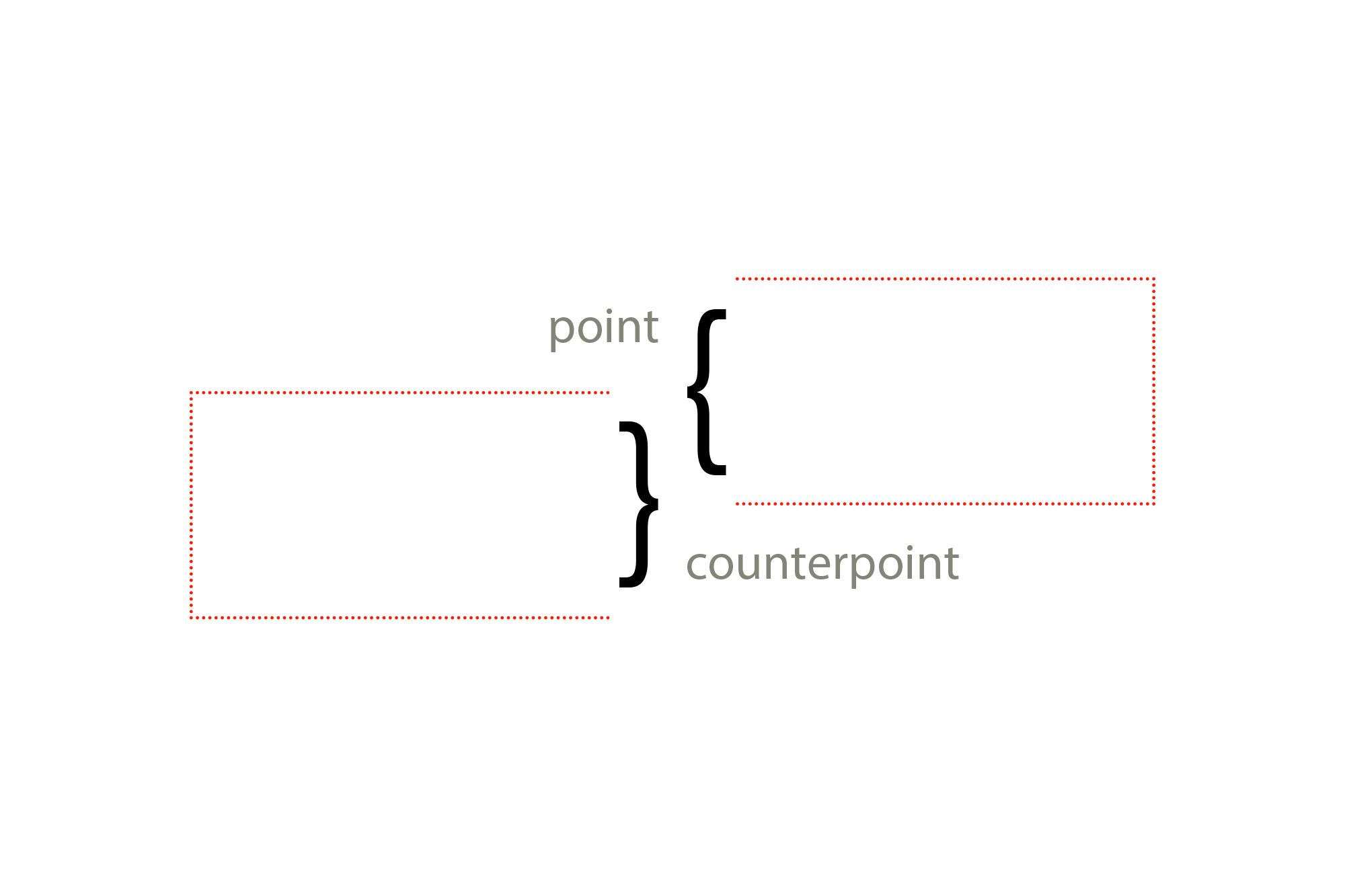 Point/Counterpoint
Point/Counterpoint
by David R. Herndon and N. Randy Smith
Vol. 100 No. 1 (2016) | 100 Years of JudicatureIn some courtrooms, the practice of allowing jurors to pose questions to witnesses is gaining traction. Questioning witnesses allows jurors to clarify information and better understand the evidence and arguments […]
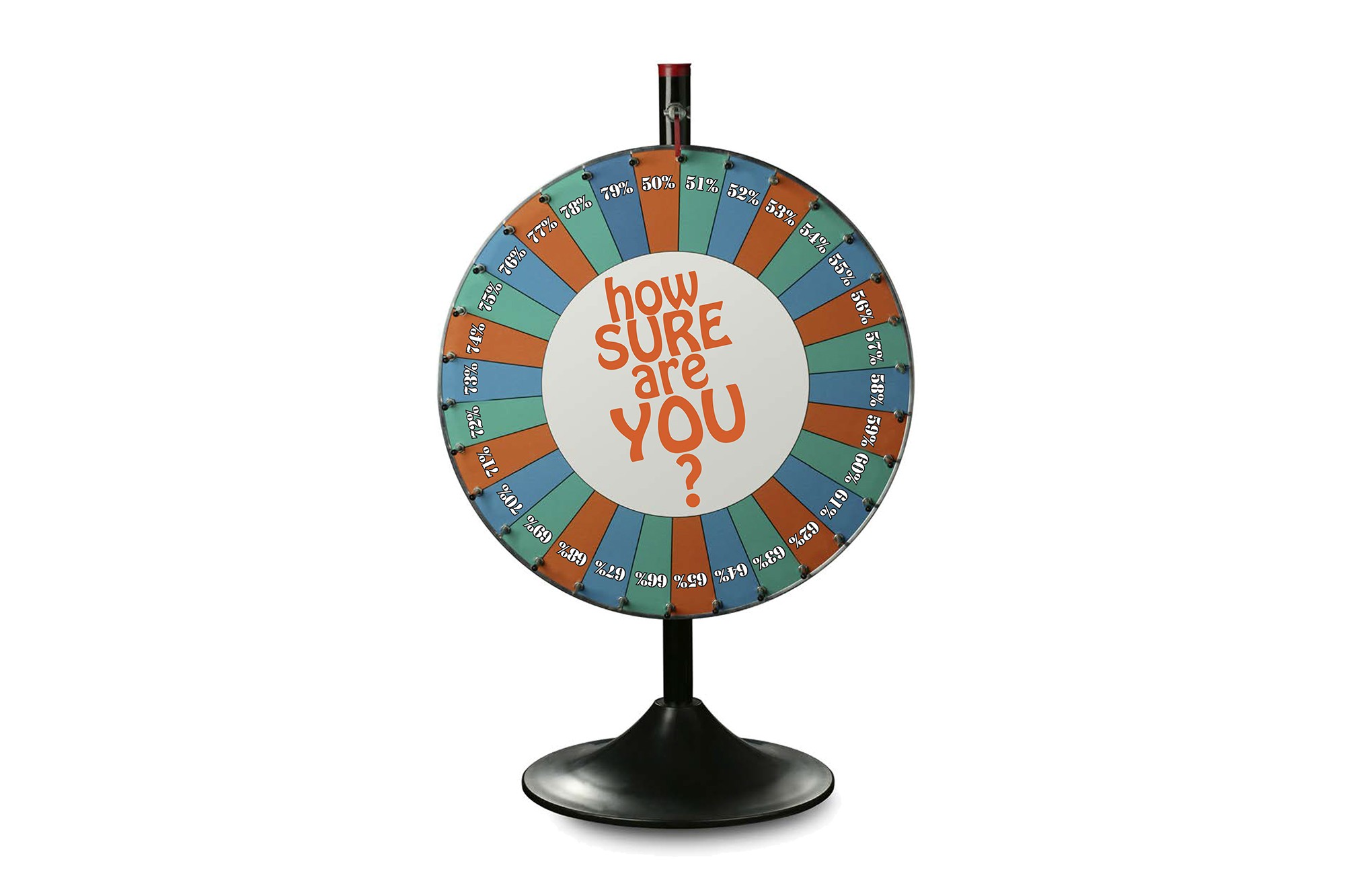 Feature
Feature
by Heidi L. Hansberry, Russell F. Canan, Molly Cannon and Richard Seltzer
Vol. 100 No. 1 (2016) | 100 Years of JudicatureJust after midnight on a warm summer night, a Caucasian woman was walking alone on the streets of Washington, D.C. All of a sudden, three young men she had never […]
 Feature
Feature
by Brandon Garrett and Sandra Guerra Thompson
Vol. 105 No. 2 (2021) | Judicial IndependenceMaranda ODonnell was driving to her mother’s house to pick up her four-year-old daughter when she was stopped by police and arrested for driving with a suspended license. As was […]
 Point/Counterpoint
Point/Counterpoint
by Robert D. Keeling and Ray Mangum
Vol. 105 No. 2 (2021) | Judicial IndependenceWith the proliferation of social media platforms and other new technologies has come a renewed legal focus on privacy. Most of that focus has centered on data collection, storage, sharing, […]
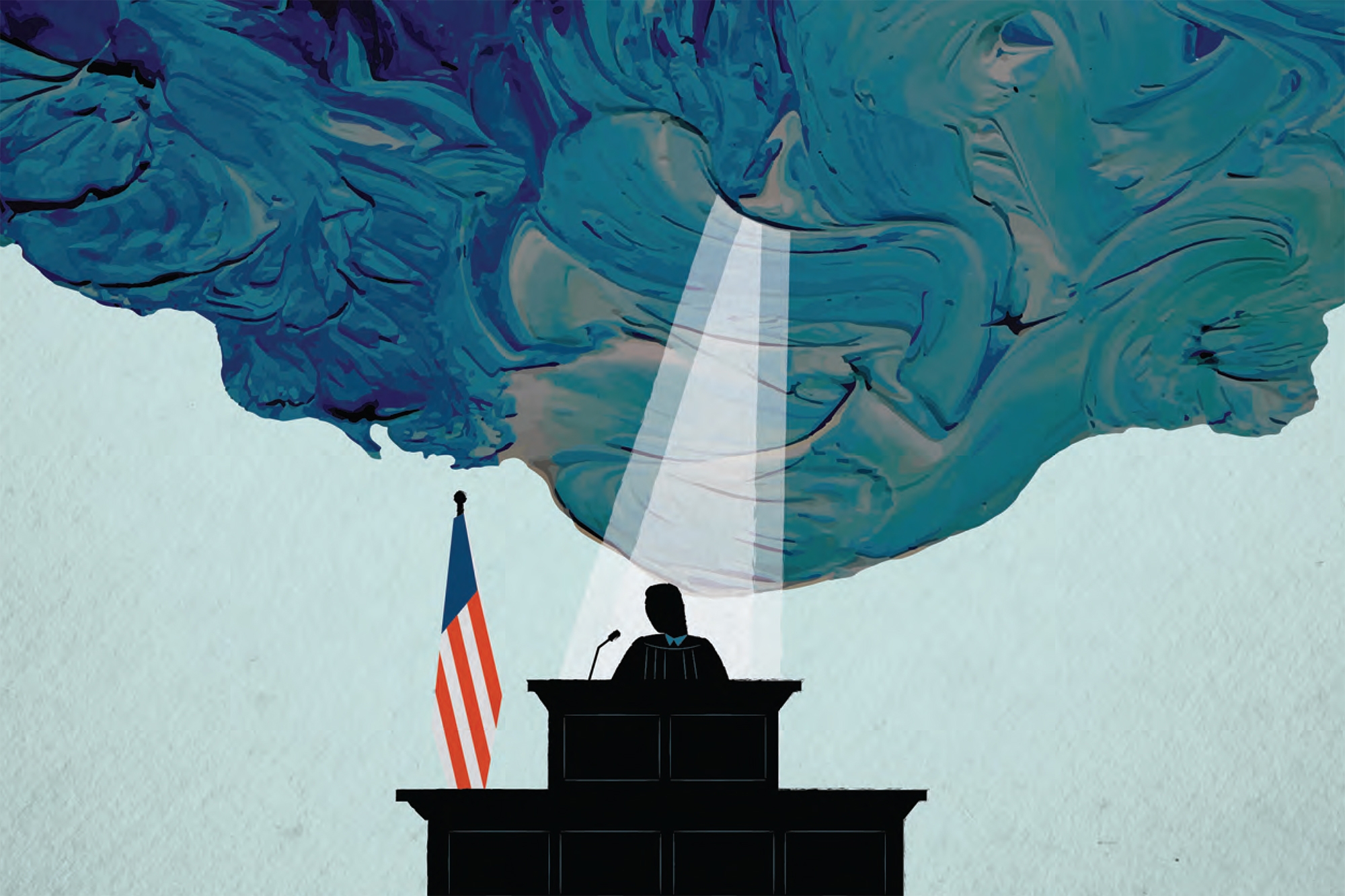 Feature
Feature
In my 14 years as a federal district judge, I estimate that I have sentenced well over 2,000 individuals.1 Sentencing is the most multifaceted, emotional, and challenging task a judge […]
 Feature
Feature
by SpearIt
Vol. 104 No. 2 (2020) | Coping with COVIDWith the Fourth Amendment gone, eyes are on the First // That’s why I’m spittin cyanide each and every verse These lyrics from American rap artist Paris’ 2003 album, Sonic […]
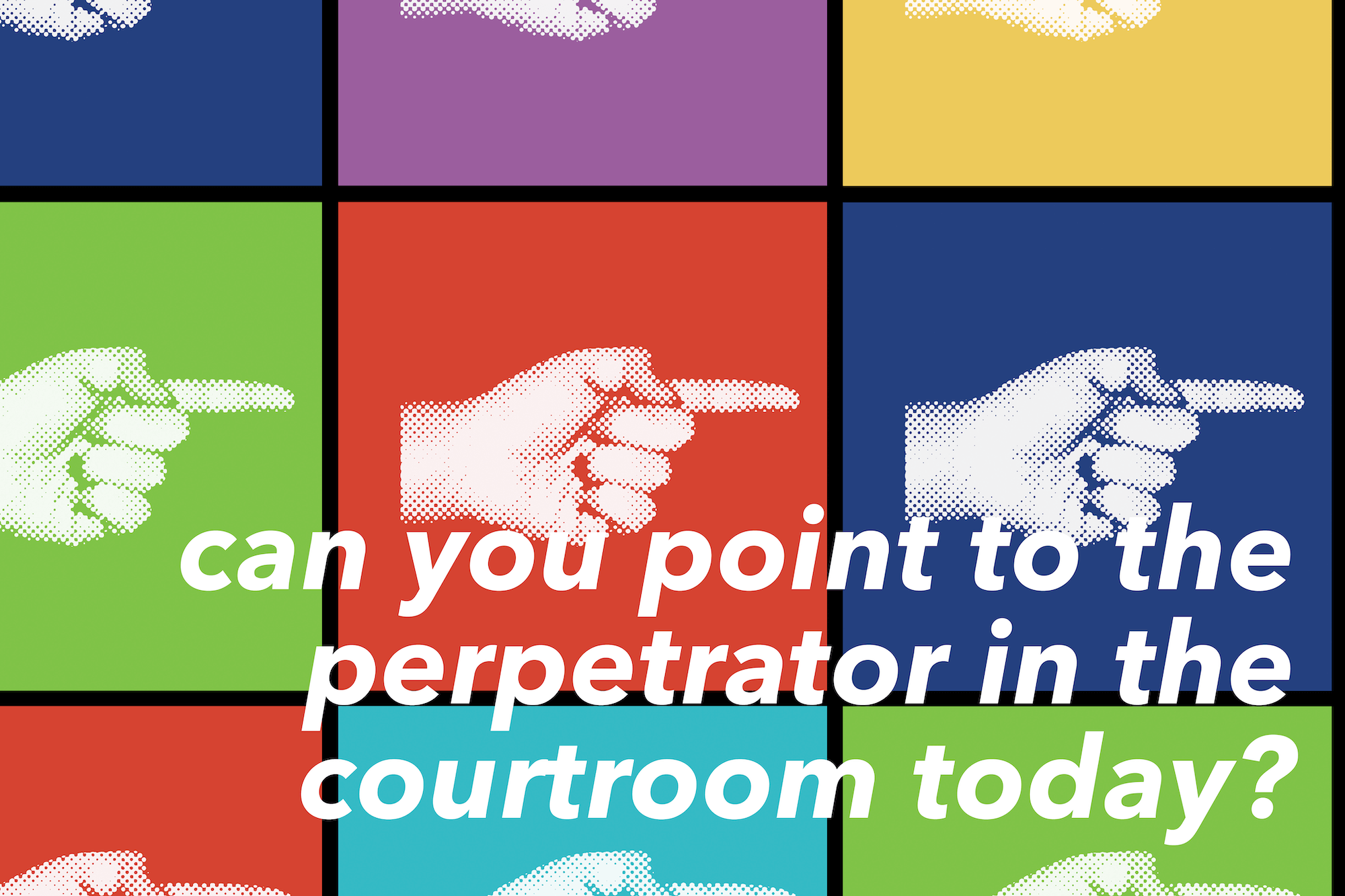 Feature
Feature
Eyewitness evidence, in which a witness visually identifies the culprit, is a staple of criminal investigations. But its fallibility is notorious. As the National Academy of Sciences explained in an […]
 Feature
Feature
Increasing research shows that eyewitness confidence at the time of the initial identification can be a strong predictor of accuracy under appropriate lineup identification conditions.1 In such conditions, police show […]
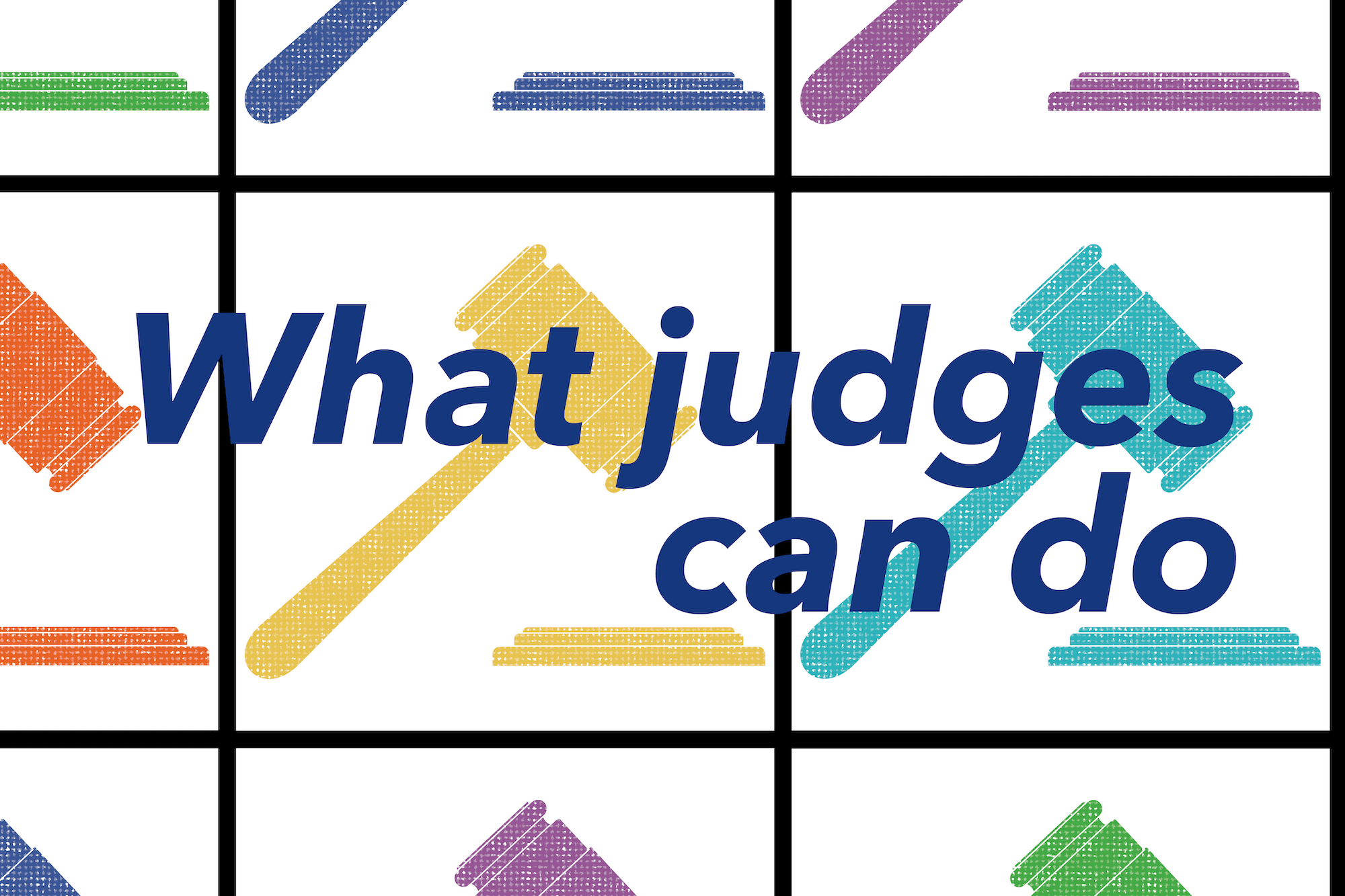 Feature
Feature
In 2016, the Third Circuit sat en banc to hear the case of Commonwealth v. Dennis.1 Little did the court realize the sustained impact this single appeal would have on […]
 Feature
Feature
by Jed S. Rakoff and Thomas D. Albright
Vol. 104 No. 1 (2020) | A Clearer ViewSix years ago, the U.S. National Academy of Sciences (NAS) convened a panel of experts to consider the problem of eyewitness identification. Eyewitnesses have long played a significant role in […]